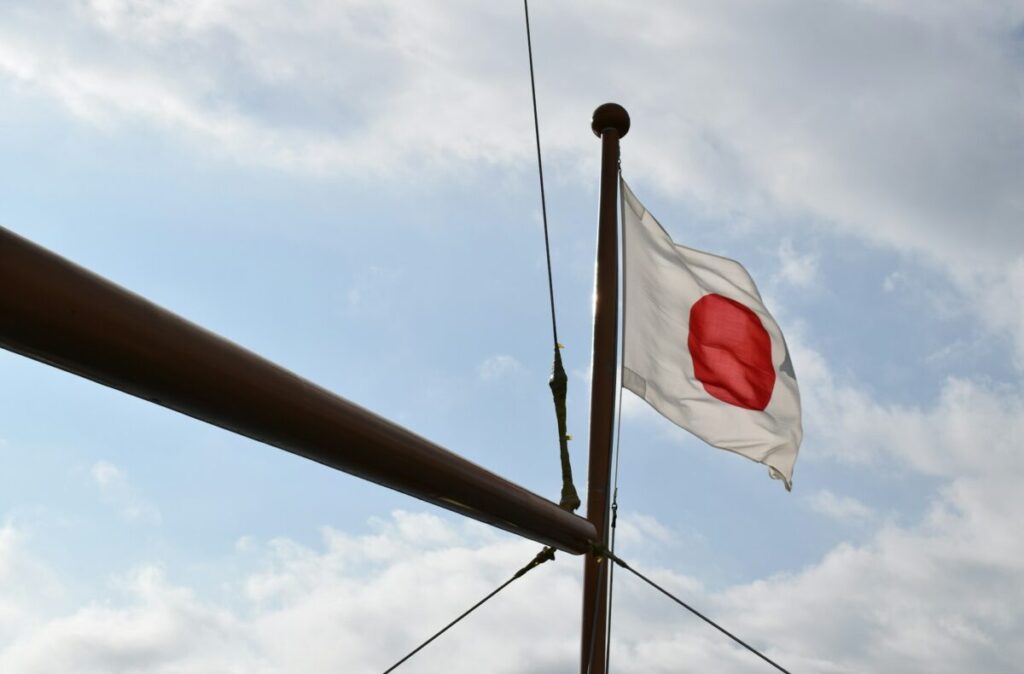A team of researchers based in Japan and Sweden has found a link between higher feed-in rates and increased capital expenditure of solar projects in Japan. They suggest that this may have led to a lack of incentive for developers to innovate or lower costs, in turn increase expenses and to hinder the long -term competitiveness.
An international research team has linked higher feed-in rates (Fits) Japan To higher levels of capital expenditure (Capex) in solar projects.
The research paper, “How high feed-in rates have influenced the capital costs of solar PV in Japan“Available in the magazine Renewable energy, Used survey data of Japanese solar projects and econometric modeling to investigate the impact of attacks on the capital expenditure of a project.
The fit schedule of Japan was launched in 2012 with the highest tariff levels in the world. It set the rate for a project when a qualification was obtained, where many early projects did not get a deadline for starting activities.
Tomas Kåberger, professor of industrial energy policy at the Swedish Chalmers University of Technology and one of the authors of the report, told PV -Magazine With this unique fit system, projects with different rates could be built at the same time. “That made it possible to see if generous rates resulted in higher costs than low rates,” added Kåberger.
The researchers say that evaluating and comparing support systems is always difficult because there are so many differences at the same time. The Japanese situation, however, offered a rare opportunity with the rate level as the most important difference between projects. “We hope that we have contributed a different aspect to those who design industrial policy instruments in the future,” they added.
The researchers found higher fit levels correlated with raised Capex, with a JPY 1 ($ 0.0070)/kWh increase in fit level linked to a JPY 3.31/W rise in Capex. Keiji Kimura, associate professor at Osaka Sangyo University and one of the researchers, added that the costs were usually higher for projects that had a higher fit compared to people with a lower fit, even when they were built in the same year.
In the research paper, the team says that the difference can be for developers with guaranteed high rates with weaker stimuli to lower the costs or strategic prices by suppliers. They add that strategic behavior among suppliers, including determining higher prices for people with higher rates, can also contribute to the higher Capex.
It is known from Japan that it has one of the highest costs of utilities in the world, which is almost twice as high as the global average in 2021. Although this is often attributed to factors such as high labor and construction costs and competition for suitable country, the researchers suggest that high fit levels may also have led to increased costs.
In the conclusion of the newspaper, they add that the example of Japan emphasizes that overly generous and poorly designed subsidies can lead to inefficiencies, and warns that such a risk could extend to other renewable technologies. “If subsidies are too high or poorly designed, developers cannot miss incentives to innovate or lower costs, possibly increase capital expenditure and to hinder competitiveness in the long term,” they conclude.
Liv Lundberg, a researcher at the Gothenburg -based Rise Research Institute and one of the authors of the article, said PV -Magazine The study illustrates the importance of including stimuli in policy to save costs and to accelerate implementation.
The research paper adds that setting rates at the start of the operation or maintaining strict deadlines for completing project, as seen in diagrams in some other countries, can prevent some of the problems found in the Japanese system.
“If the rate is not determined until the start of the operation, projects cannot use high rates that have been set up while they start the activities later when the module prices have fallen,” says the research paper. “Although the remuneration value that is not set until the operating point is a risk for the generator, it offers a strong incentive for actors to start construction works to obtain the highest possible rate.”
Japanese Fits for last year varied from JPY 9.5/kWh to JPY 16, depending on the system size.
This content is protected by copyright and may not be reused. If you want to work with us and reuse part of our content, please contact: editors@pv-magazine.com.

